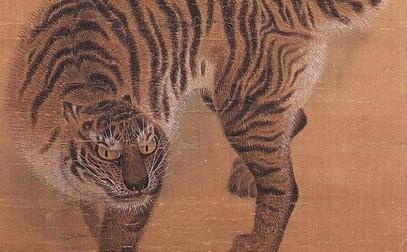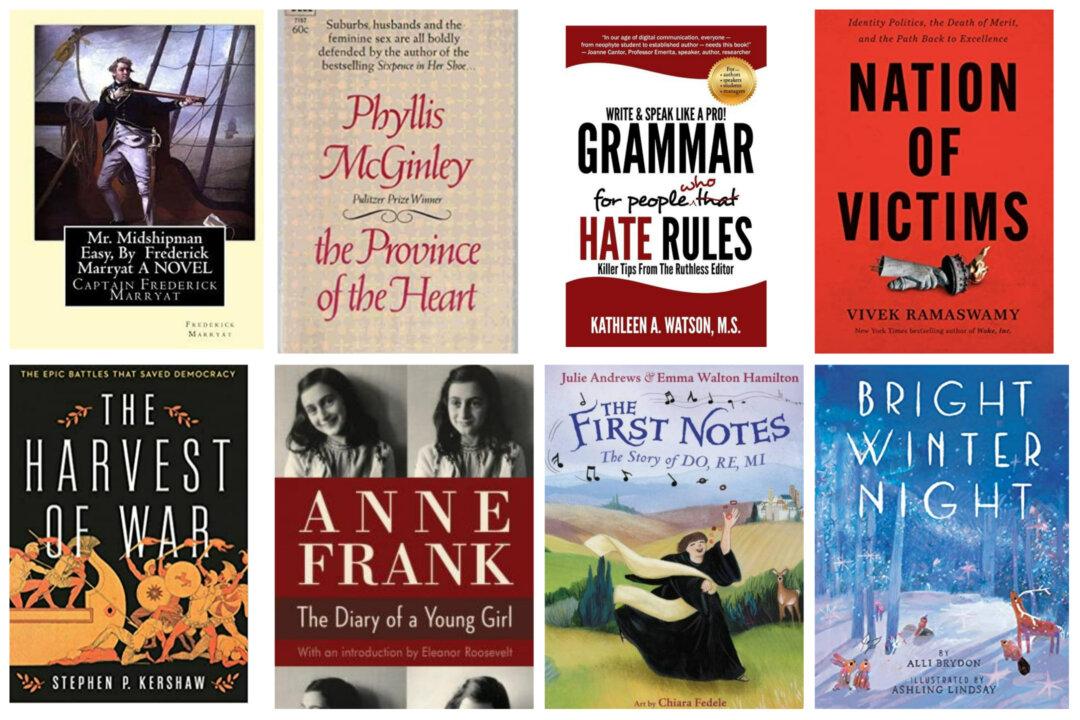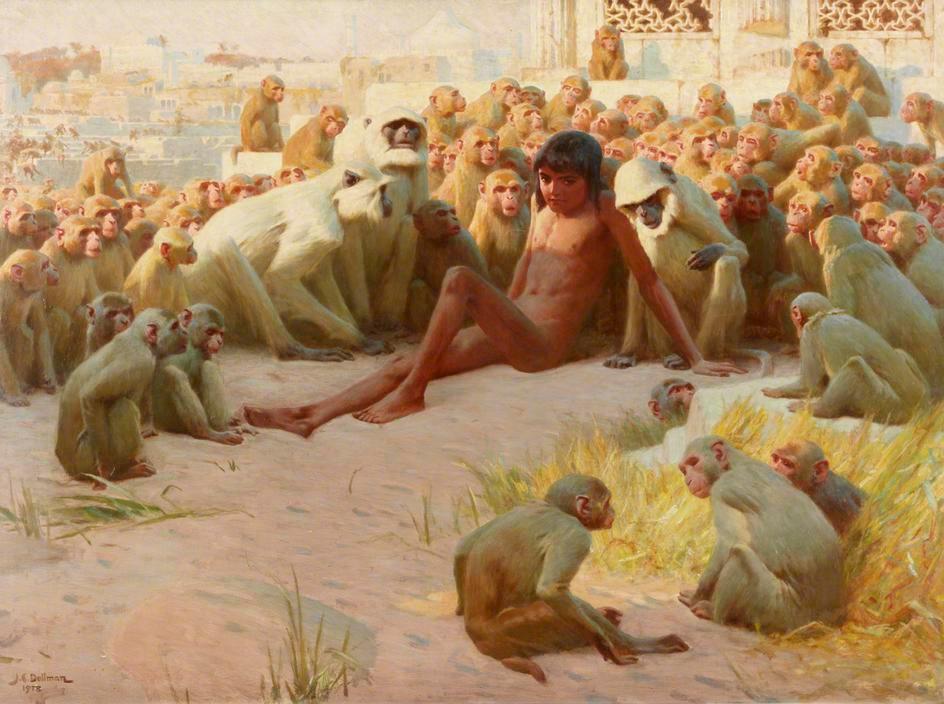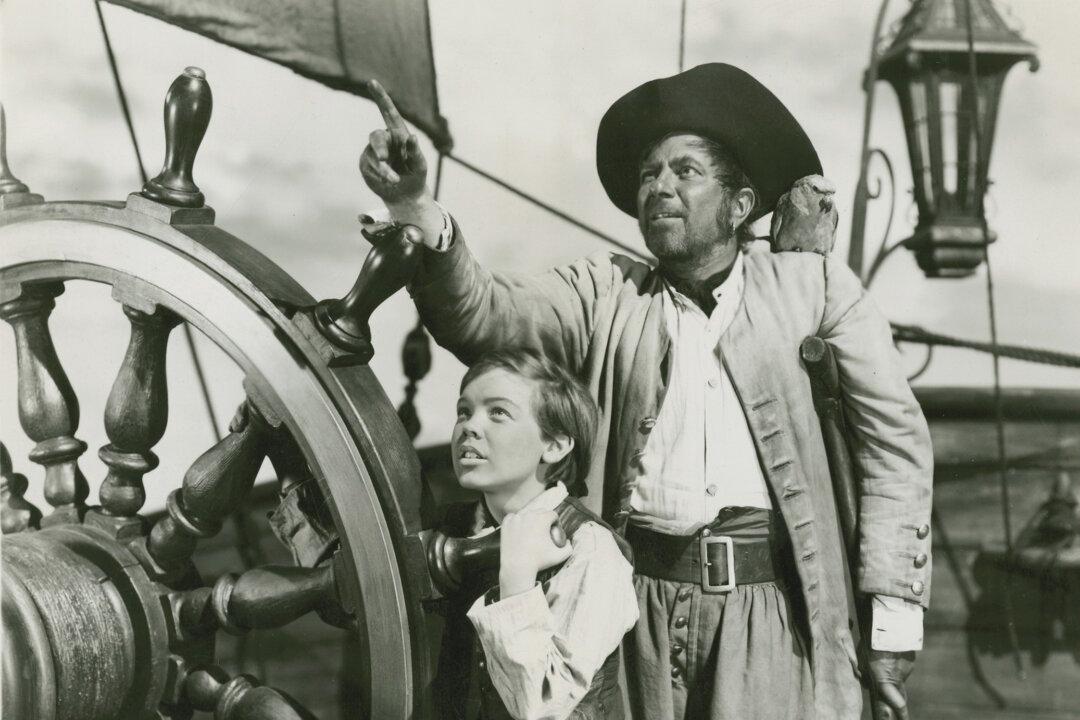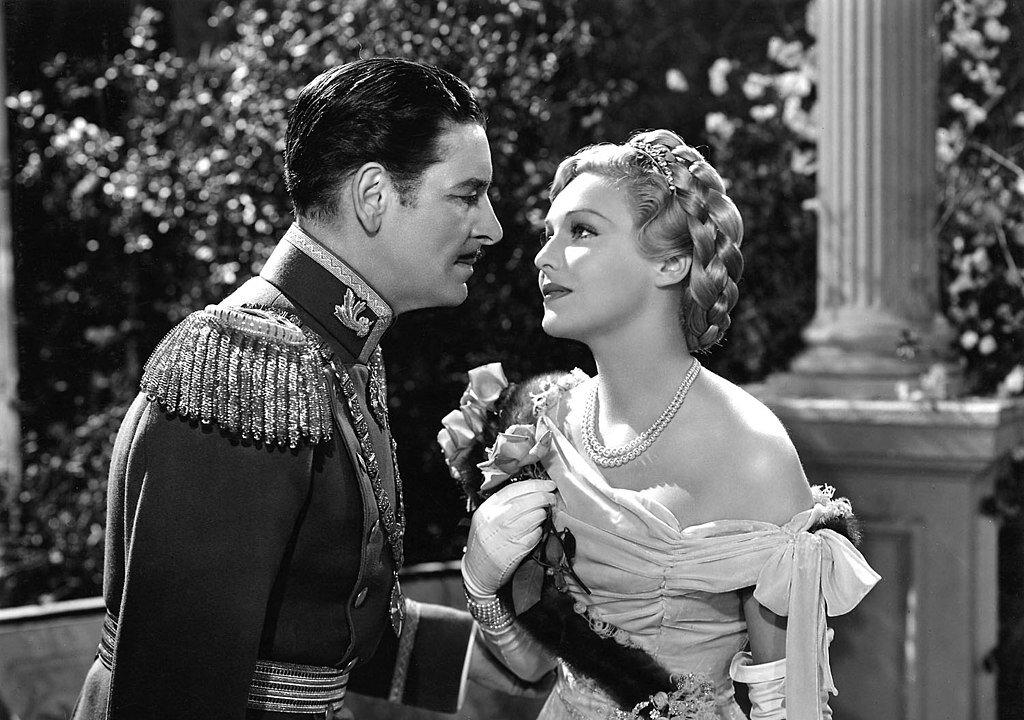It is peculiar that the many tangled snarls that make up complex human experiences are composed of two basic elements: good and evil. These companions are all that we have to discern between, as we journey toward an end that concludes either well or badly. This single conclusion comes after a lifetime of that duality. And whether that single, final vision will show us a friend or foe, whether God or devil, is the subject of many a fear, many a prayer, and many a poem.
The English Romantic poet William Blake (1757–1827) struggled to the last fiber of his faculties with the clashing divisions between good and evil. He struck out with mad, melancholy verses; weird, washed-out paintings; and a mind that fed on a private mythology.

